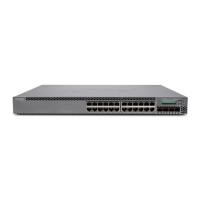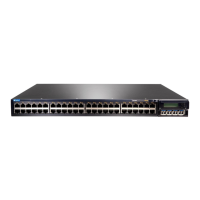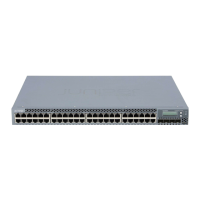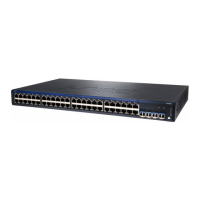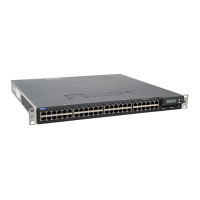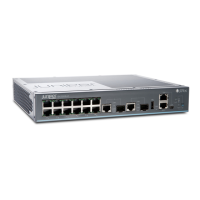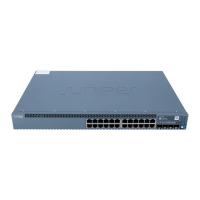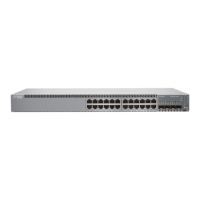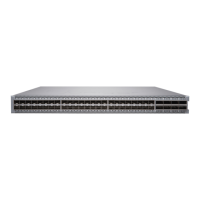server-identifier
Syntax server-identifier address;
Hierarchy Level [edit system services dhcp],
[edit system services dhcp pool],
[edit system services dhcp static-binding]
Release Information Statement introduced before Junos OS Release 7.4.
Statement introduced in Junos OS Release 9.0 for EX Series switches.
Description Configure a server identifier. The identifier can be used to identify a DHCP server in a
DHCP message. It can also be used as a destination address from clients to servers (for
example, when the boot file is set, but not the boot server).
Servers include the server identifier in DHCPOFFER messages so that clients can distinguish
between multiple lease offers. Clients include the server identifier in DHCPREQUEST
messages to select a lease and indicate which offer is accepted from multiple lease
offers. Also, clients can use the server identifier to send unicast request messages to
specific DHCP servers to renew a current lease.
This address must be a manually assigned, static IP address. The server cannot send a
request and receive an IP address from itself or another DHCP server.
Default If no server identifier is set, the DHCP server sets the server identifier based on the primary
interface address used by the server to receive a client request. For example, if the client
sends a DHCP request and the server receives it on fe-0/0/0 and the primary interface
address is 1.1.1.1, then the server identifier is set to 1.1.1.1.
Options address—IPv4 address of the server. This address must be accessible by all clients served
within a specified range of addresses (based on an address pool or static binding).
Required Privilege
Level
system—To view this statement in the configuration.
system-control—To add this statement to the configuration.
Related
Documentation
Copyright © 2017, Juniper Networks, Inc.288
DHCP and Other System Services Feature Guide for EX2300, EX3400, and EX4300 Switches
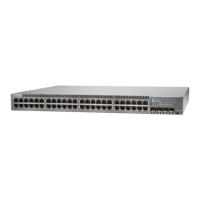
